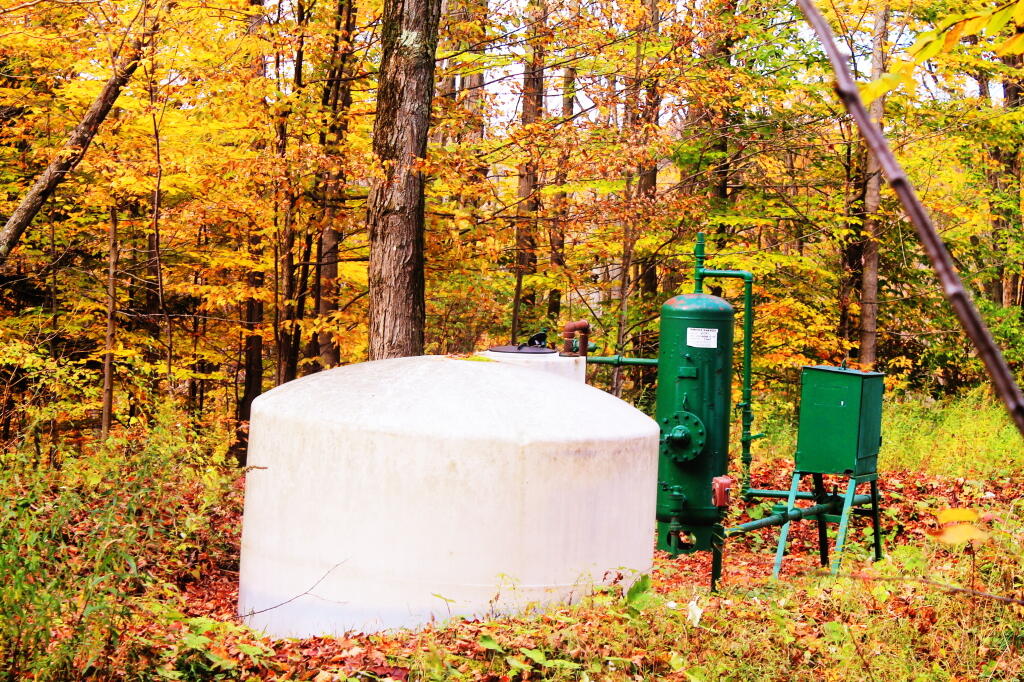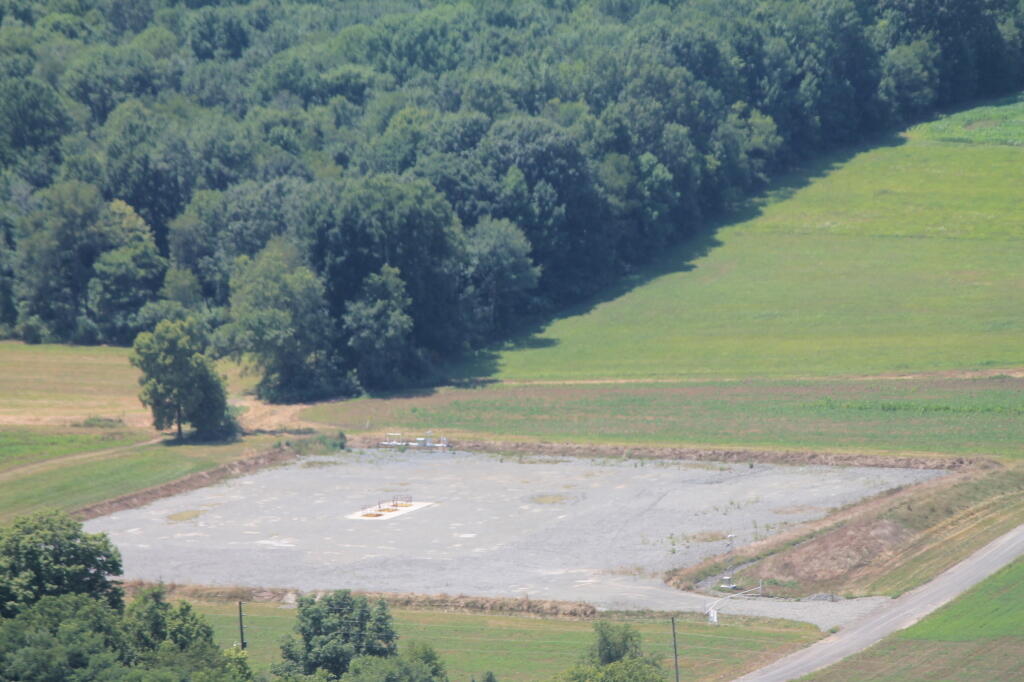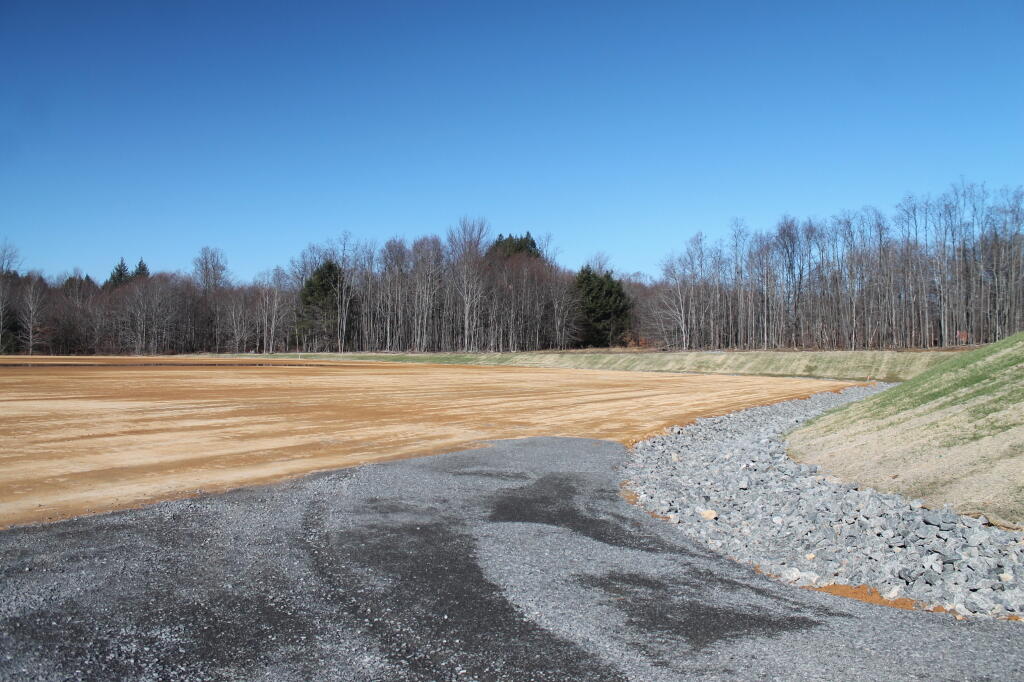My Evolving Views on Fracking
A few years ago, I was pretty supportive of fracking in New York State. I thought it would be good for the Southern Tier and Western NY, as there is already a fair bit of historical natural gas production in that part of state.
I always viewed the anti-frackers as being the same group of extreme lefties who decided they had to ban open burning on farms and rural locations to save the environment from rednecks burning a little bit of plastic in a fire. Or the same people who decided the entire state land holding in the Adirondacks could not ever be used for responsible timber production, like is common in our national and state forests. Or those at war on ATVs, snowmobiles, and even back-country campsites and trails. In other words, environmentalists who are opposed to fracking are generally bad people.
Over time claims that I once saw as best distorting the truth, are proving themselves somewhat true. Accidents happen and as you scale up, there is a potential for accidents get worst. Conventional natural gas production is not unlike the high volume horizontal wells, much like a convenience store is much like Super-Walmart. Much of the products and methods are the same but the scale is much larger than conventional processes. Bigger means bigger risk.
Is it more dangerous or polluting than conventional wells? It depends how you look at it. Natural resource extraction, to a certain degree, is always polluting, although pollution can be controlled. Areas with a lot of natural gas drilling underway tend to be busy with heavy truck traffic and big construction equipment, which can certainly bring in a lot of pollution, at least temporarily. Even modern big-rig diesels can be pretty polluting, and many of the equipment is older and dirtier from the era before strong diesel emission regulations.
I measured some of the the high-volume fracked wells in Pennsylvania to conventional natural gas wells in New York on Google Maps. The footprint was in some cases 2-3 times larger, but in other cases about the same as a New York State Black River-Trenton formation well. Regardless, any drilling campaign uses some farmland and forest, and cumulative impacts have to evaluated to the environment, even if eventually the wells will be plugged and recovered when they run out of gas.
I also think some of the water pollution and methane contamination complaints are legitimate. As was cynical at first about such notions, and I am sure the anti-fracking activists tried to milk out every little accident and problem, but there are issues and accidents that need to be considered, especially when scaling things up. We need regulations that protect people’s water and ensure that any impacts on the land are temporary inconveniences not long-term headaches.
I believe in keeping an open mind. I still prefer strong regulation over an outright ban, but we will see where this evolves. Many will argue that fracking should be banned be banned in our state. New York State created the Forest Preserve many years ago, and while controversial, wasn’t the great disaster that some people proposed. It’s something to watch.



